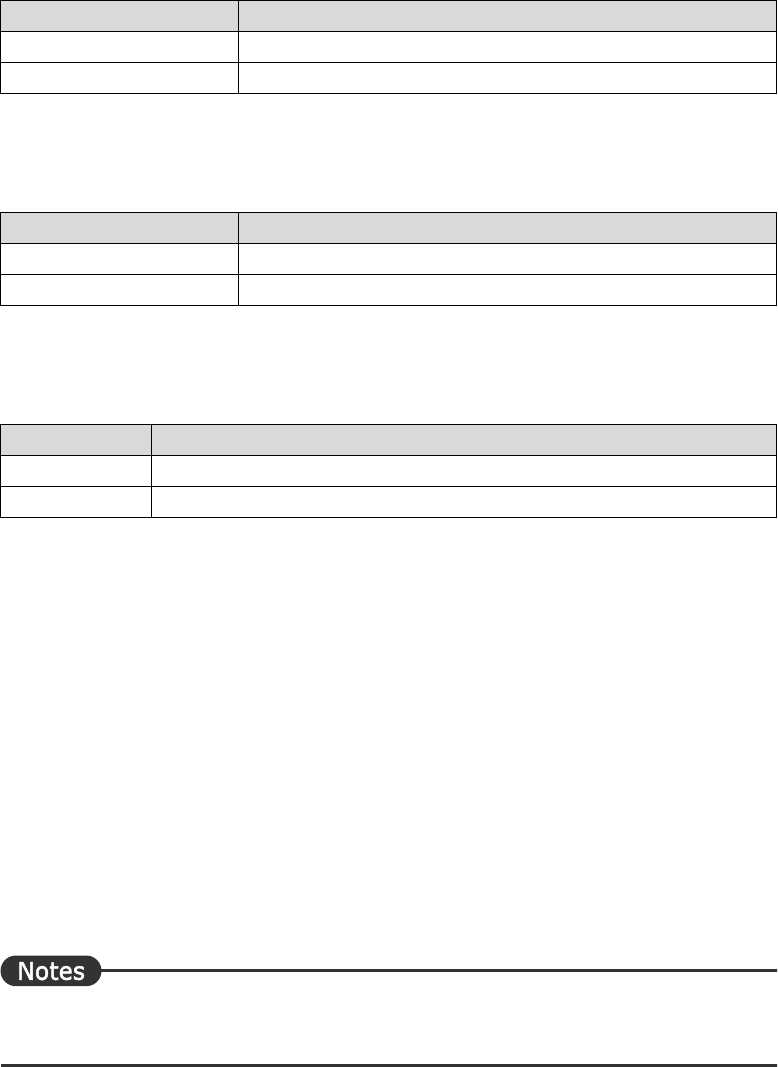
218
Advanced Techniques
■ Phrase
(
1
)
「~する」 before "Noun Phrase"
Specifies how a present-form noun modifier should be translated.
(
2
)
「~するために」
Specifies where a to-infinitive indicating a purpose should be placed in the translated text.
(
3
)
Comma at Both Ends of Relative Clause
Specifies whether a comma (,) is used at both ends of a relative clause.
■ Brackets
(
1
)
Control, Non-Translation Brackets
Sets symbols used to mark sections in the original text for controlling or for non-translation to
either of the following sets of brackets: [ ] or 〔〕 , { }, < >, or 【 . ATLAS translates the
original by handling ranges enclosed in the specified brackets as controlling or non-
translation sections.
For details, please refer to " Selecting a Text String as a Translation Unit [Insert Control
Brackets]" in "Introduction", on page 12, and " Selecting a Non-Translation Text String [Insert
Non-Translation Brackets]" in "Introduction", on page 14.
(
2
)
Spelling Check Mark Brackets
Sets the marks to be used for executing spelling check on the original text to either of the
following sets of brackets: 【】 , { }, < >, [ ] or 〔〕 . With the [Spelling Check] command
selected, ATLAS checks for misspelled words and words not included in dictionaries, and
then displays those words enclosed in the specified type of brackets.
For details, please refer to "2.9 Checking Spelling Errors [Spelling Check]" in "Basics", on page
64.
The same type of brackets cannot be set for "Control, Non-Translation Brackets" and
"Spelling Check Mark Brackets."
Original text
取り外す部品
Setting Translated text
~ ed "Noun Phrase"
Detached parts
"Noun Phrase" to be ~ ed
Parts to be detached
Original text
エンジンを点検するために部品を取り外す。
Setting Translated text
To ~ ,
To check the engine, parts are detached.
"Clause" to ~
Parts are detached to check the engine.
Original text
自然言語を理解する計算機が音声を出力し た。
Setting Translated text
Off The computer that understood the natural language output the voice.
On The computer, that understood the natural language, output the voice.


















